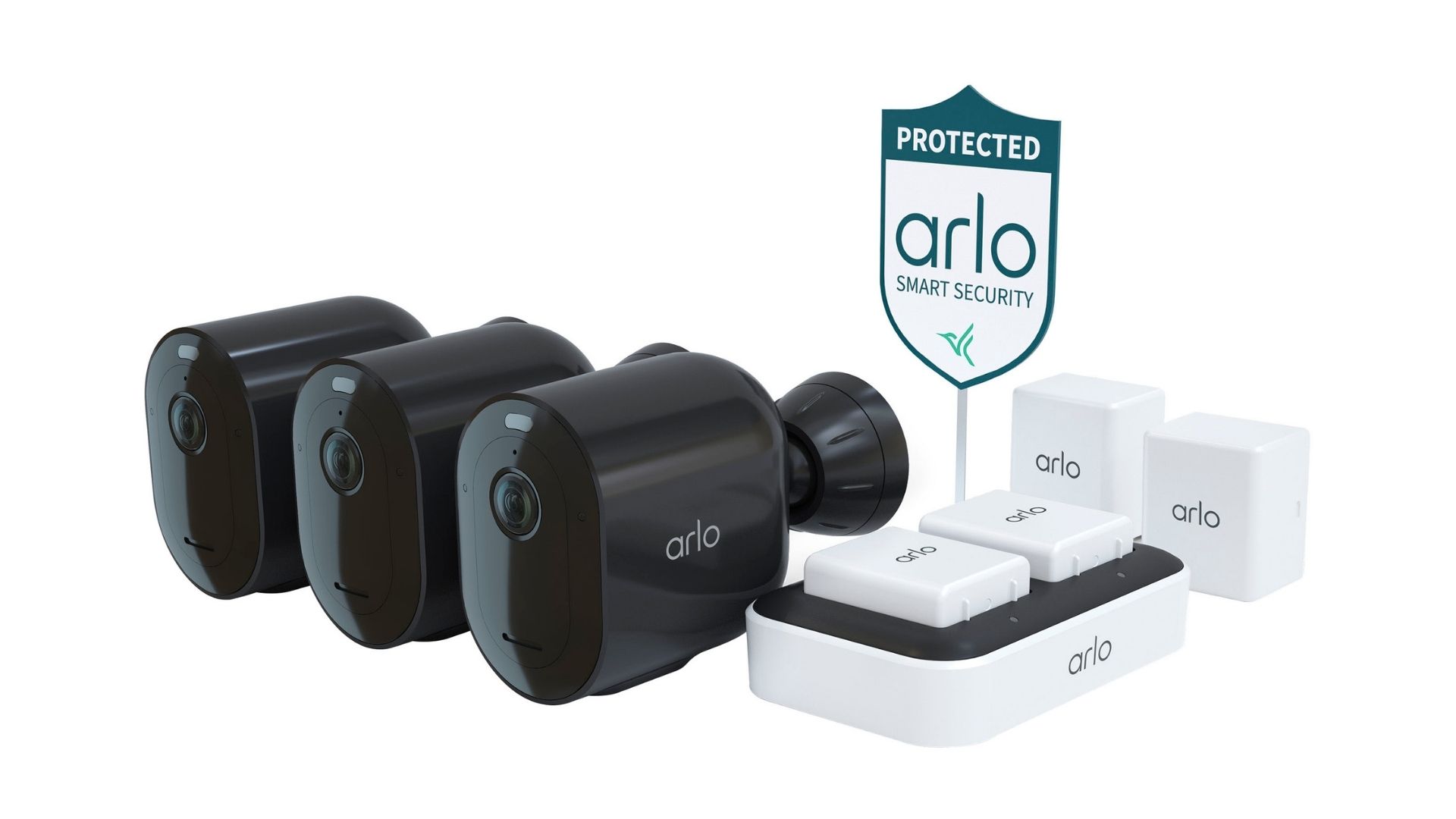Affiliate links on Android Authority may earn us a commission. Learn more.
Smart home devices: The best ones you can buy
Published onDecember 27, 2022
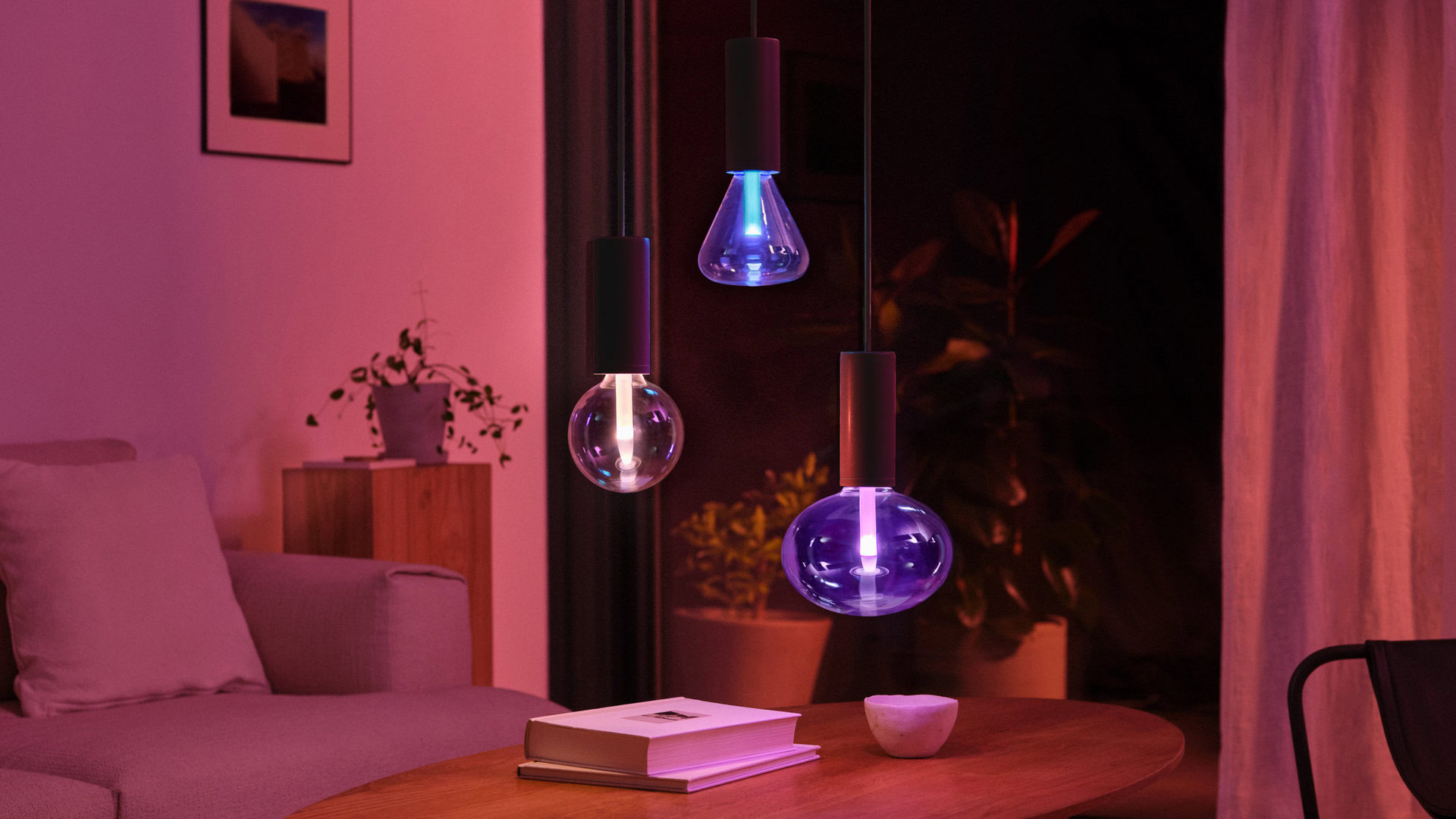
Smart home upgrades are more popular than ever, thanks to steady evolution and the tech being integrated into a growing list of gadgets. Everything from lamps to fridges and sprinkler systems can now be automated with consumer-level gear. There are even entirely new categories popping up, such as smart displays.
One problem with tumbling down this rabbit hole, though, is figuring out which equipment is worthwhile. In this guide, we’ll take a look at some of the best smart home gadgets currently available.
The best smart home devices
Editor’s note: We’ll be updating this list of the best smart home gadgets regularly as new ones launch.
Apple HomePod mini
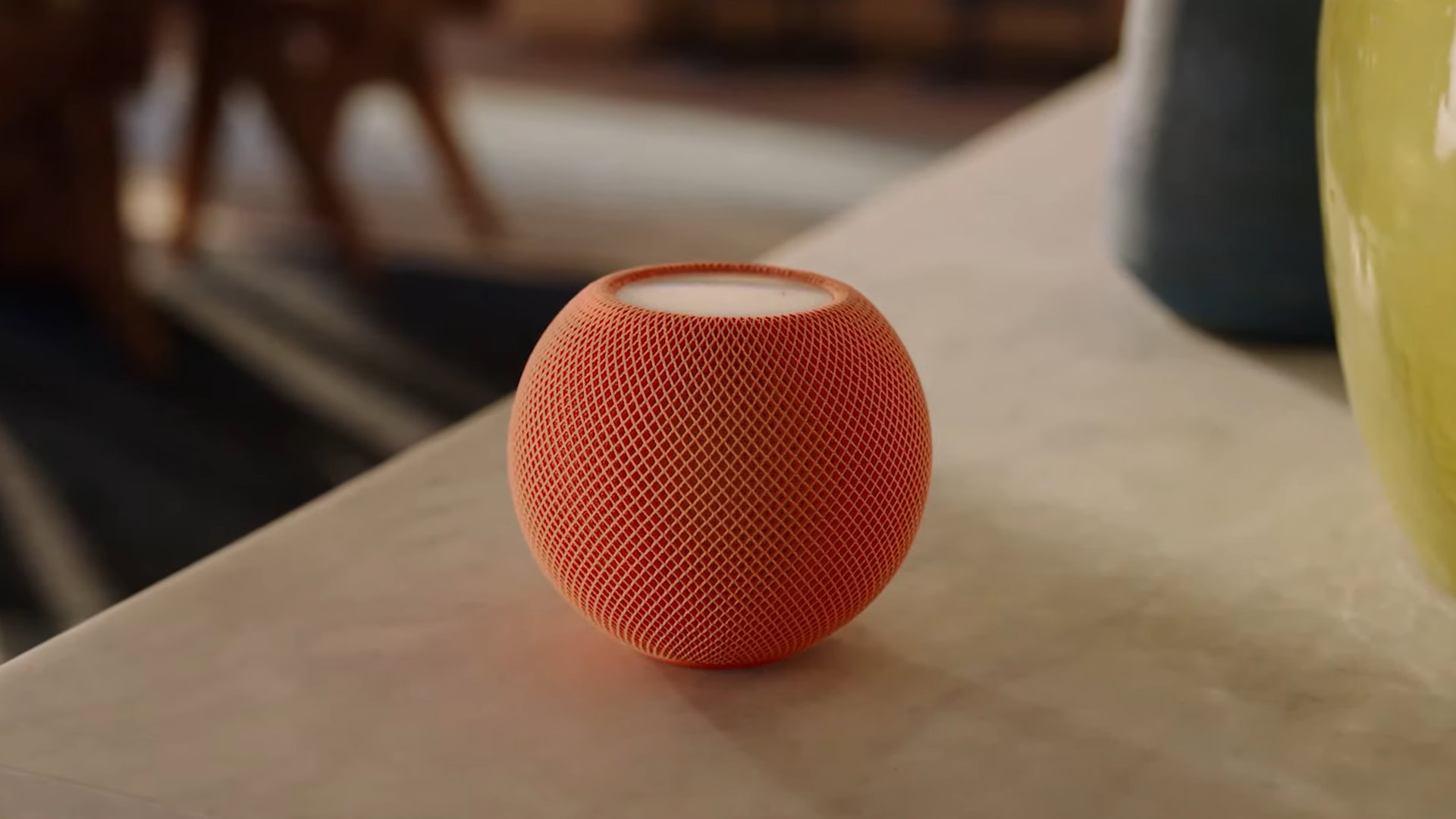
This might seem like a strange place to start on an Android-focused site, but if you use Apple’s HomeKit ecosystem in any way, you’ll need one or more Home Hubs to enable remote access and keep automations firing. While an Apple TV 4K can serve that role, the cheapest option is the $99 HomePod mini.
The Mini is a solid smart speaker in its own right, sounding better than anything else its own size. You can pair two of them for stereo effects, and link that pair with an Apple TV for a set of wireless TV speakers. It’s also the best way to introduce Thread into HomeKit, opening access to quicker and more reliable accessories.
The major downside of the product (naturally) is that it’s locked into Apple’s ecosystem — you’ll need an iPhone or iPad just to get it running, and when it is, you’ll have to deal with the quirks of Siri voice commands. It also heavily favors Apple services, to the point that there’s no Spotify support without AirPlay.
Amazon Echo (4th Gen)
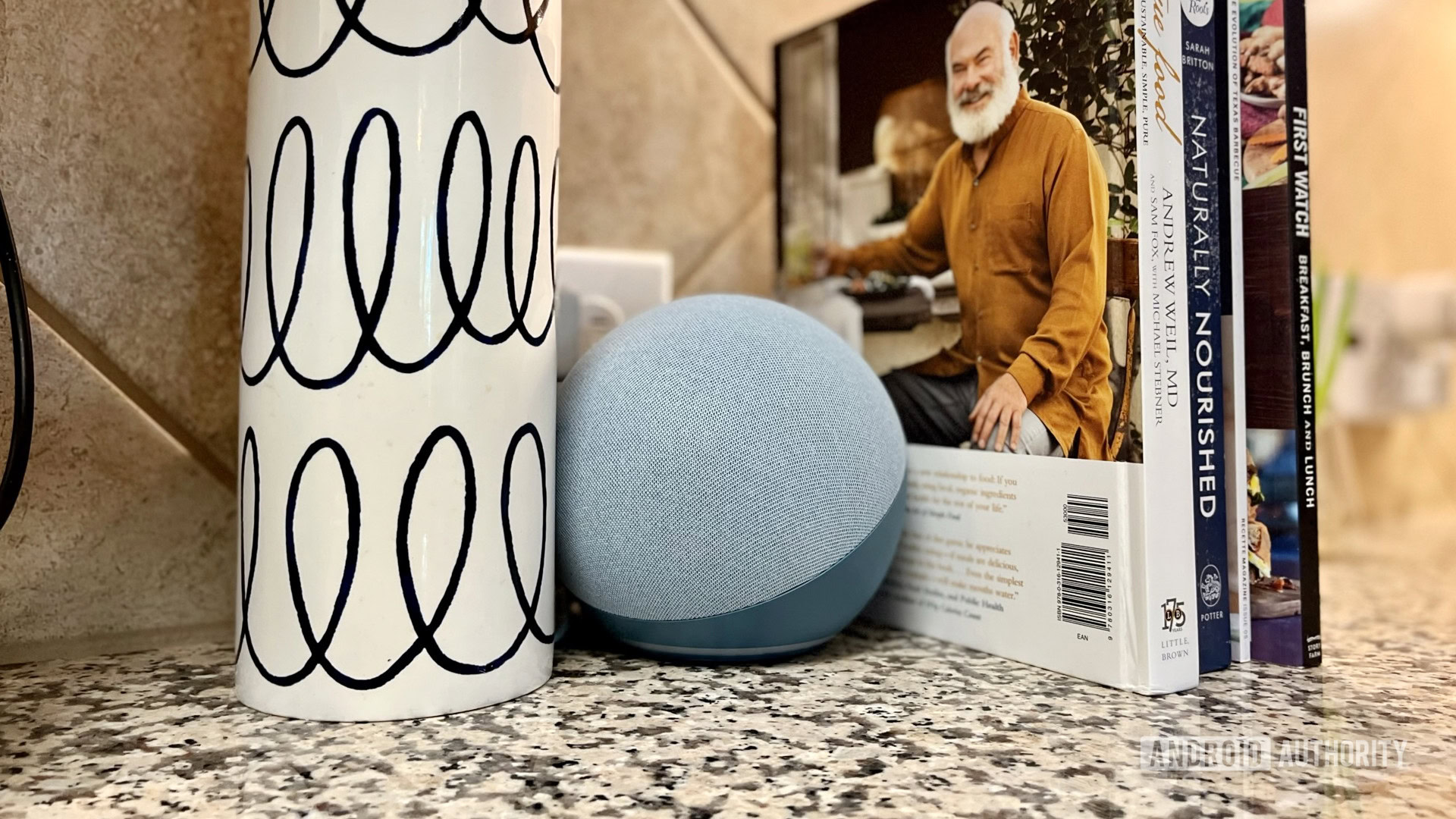
There are plenty of smart speakers on the market that work with either Amazon Alexa or Google Assistant. In terms of bang for the buck however, it’s hard to top Amazon’s 4th gen Echo. Its sound is loud and clear with plenty of bass, punching above its $100 pricetag.
Alexa may also be the best consumer smart home platform, with a wide arsenal of skills and the largest number of compatible accessories. In that regard the Echo offers its own integrated motion and temperature sensors, and can operate as a Zigbee hub for accessories like Ikea’s Trådfri bulbs. Matter support is rolling out now, and expect Thread in the near future.
Google Nest Hub (2nd Generation)
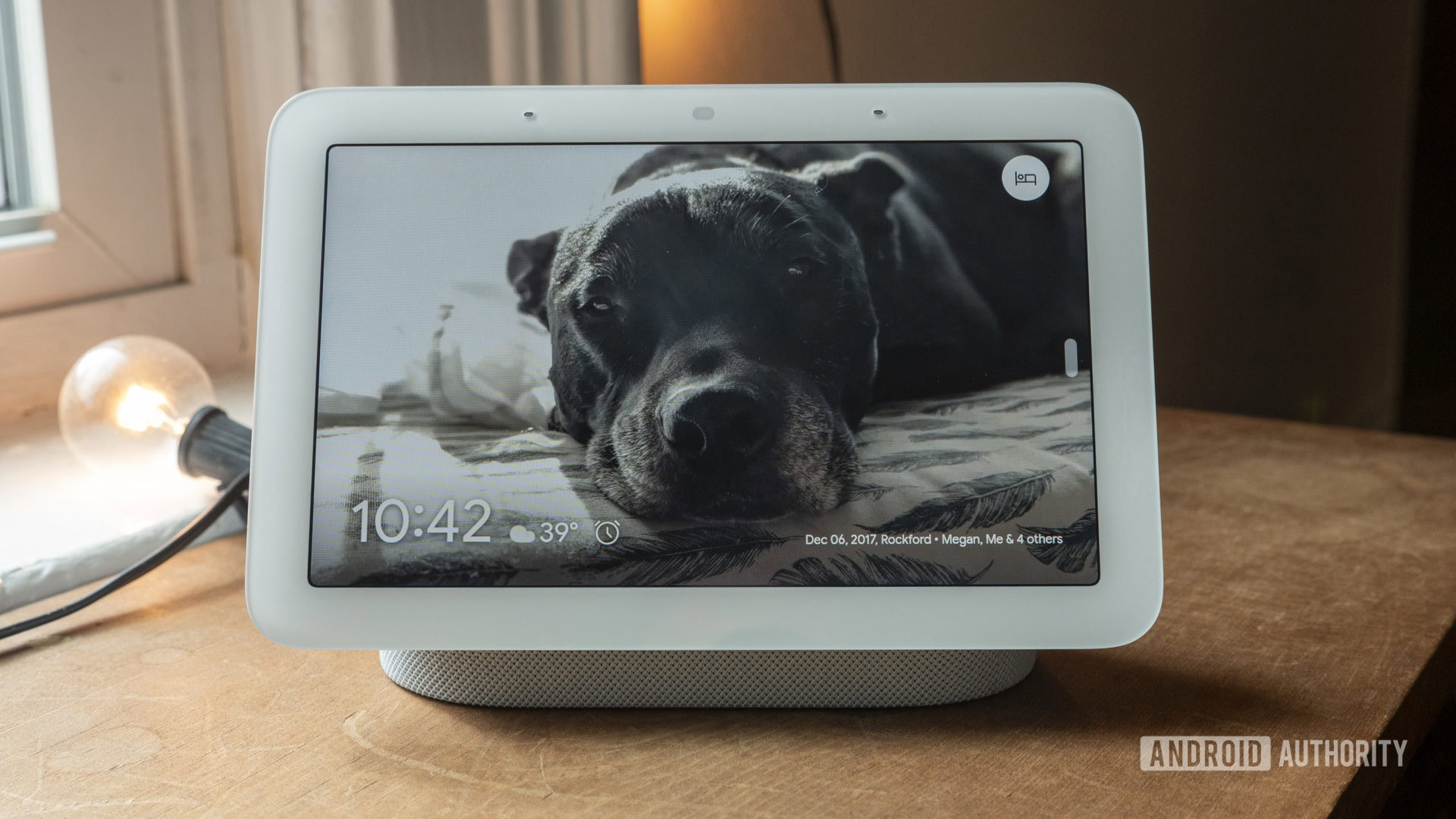
The 7-inch standard Nest Hub may not be as impressive as the 10-inch Nest Hub Max, but it’s considerably more affordable, and still benefits from Google’s simple and attractive smart display interface. Unlike Amazon’s Echo Show displays, Nest Hubs also offer native YouTube and Google Cast support.
Related: Google Home guide
The standard Hub is engineered as a bedside device first and foremost. It deliberately omits a camera, and its signature feature is Sleep Sensing, a technology that mixes radar, audio, light, and temperature data to track how well you sleep and what might be causing disruptions. This works surprisingly well, to the point we’re upset Google is planning to paywall it behind Fitbit Premium in 2023. Thankfully the Hub is useful in plenty of other places as well, such as your kitchen or home office. Like the 4th gen Echo it already supports Matter, and it’s equipped for Thread.
Philips Hue White and Color Ambiance Starter Kit
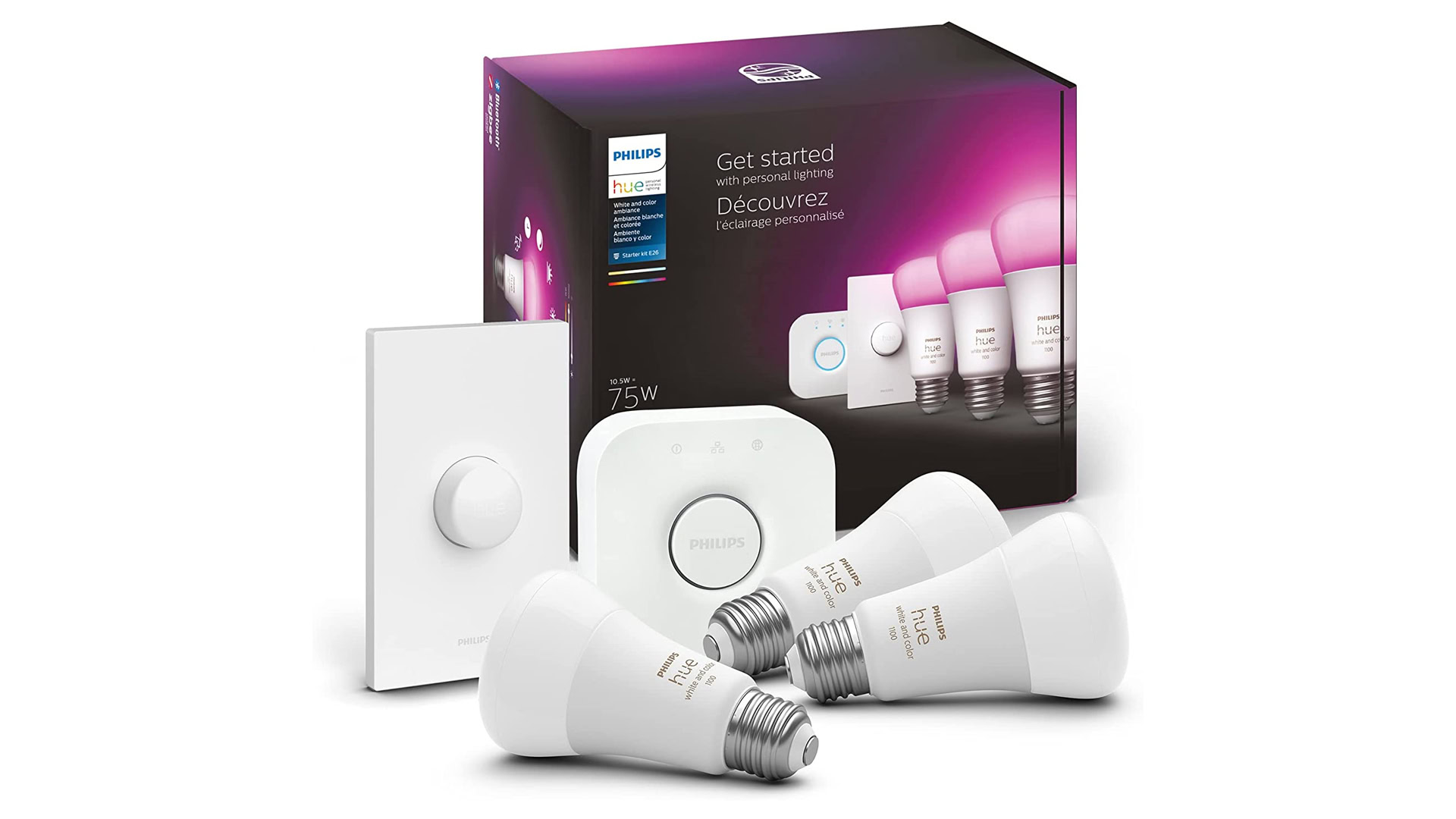
Smart bulbs are often one of the first things people buy as an upgrade, since they’re (relatively) affordable and make lighting a lot more convenient and attractive. Philips Hue bulbs are pricier than most in part because but they require a Hue Smart Hub. But one hub can connect up to 50 lights, which avoids burdening your Wi-Fi the way hubless products can. The hub also enables reliable automations, and connects your lights to several ecosystems including Alexa, Google Assistant, and HomeKit.
The Starter Kit featured here bundles a Smart Hub, a Smart Button, and three White and Color Ambiance bulbs. There are other cheaper Starter Kits available, including a White Ambiance option which limits you to “shades” of white from a slight blue tint to a warm orange. You can alternately buy a hub solo and combine it with any Hue products you like, such as smart lamps and lightstrips.
Kasa Smart Plug Ultra Mini
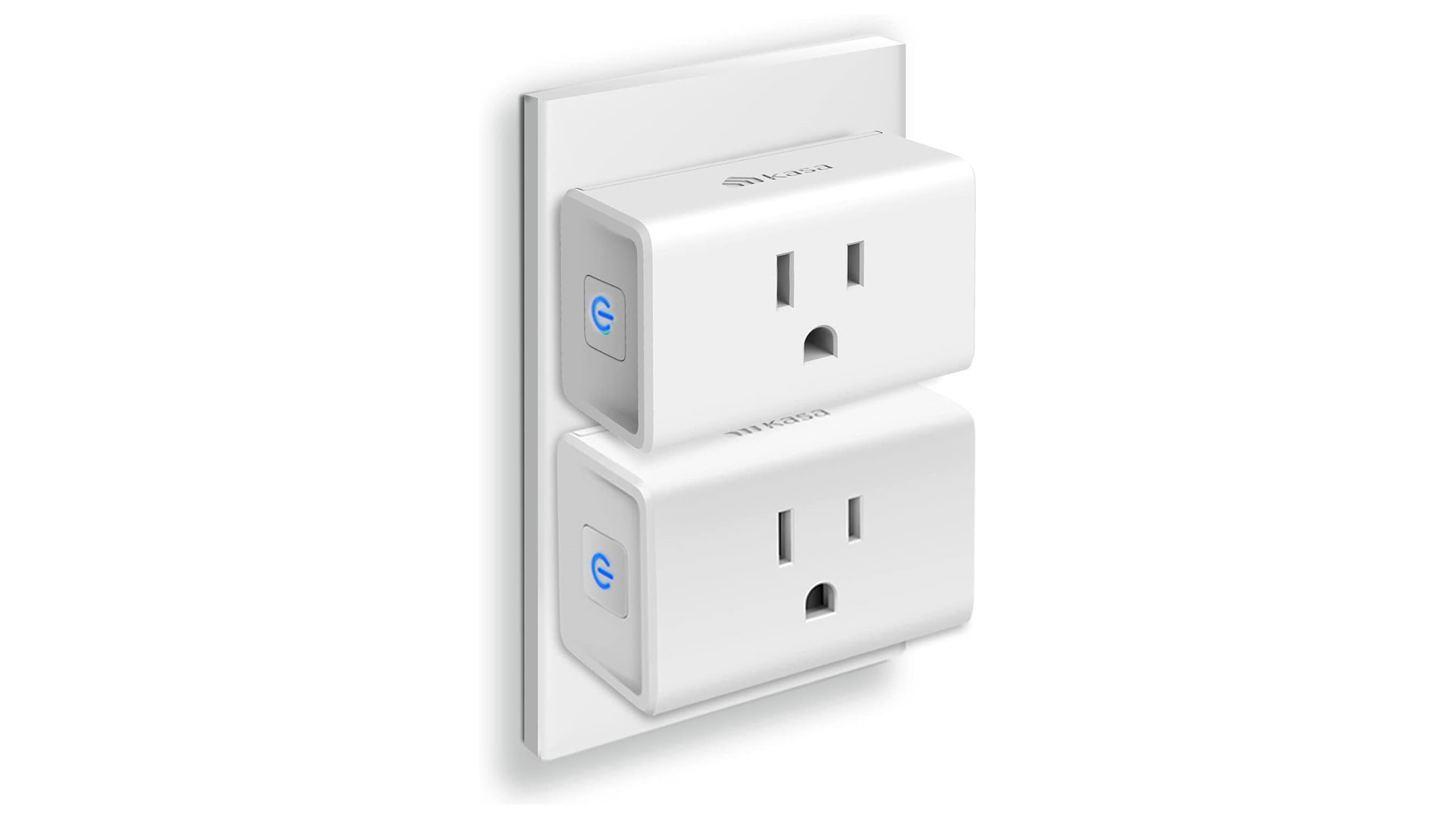
The beauty of a smart plug is that it can automate just about any appliance so long as it has a button or switch that will stay locked in an “on” position. That includes any number of product categories, such as lamps, fans, TVs, humidifiers, and coffee makers.
The Ultra Mini connects via Wi-Fi, and supports Alexa and Google Assistant. Its compact design helps avoid blocking outlets, and you can get a two-pack for $17 or less. That’s pretty cheap, so you can put the savings towards decking out the rest of your home.
myQ Chamberlain Smart Garage Control
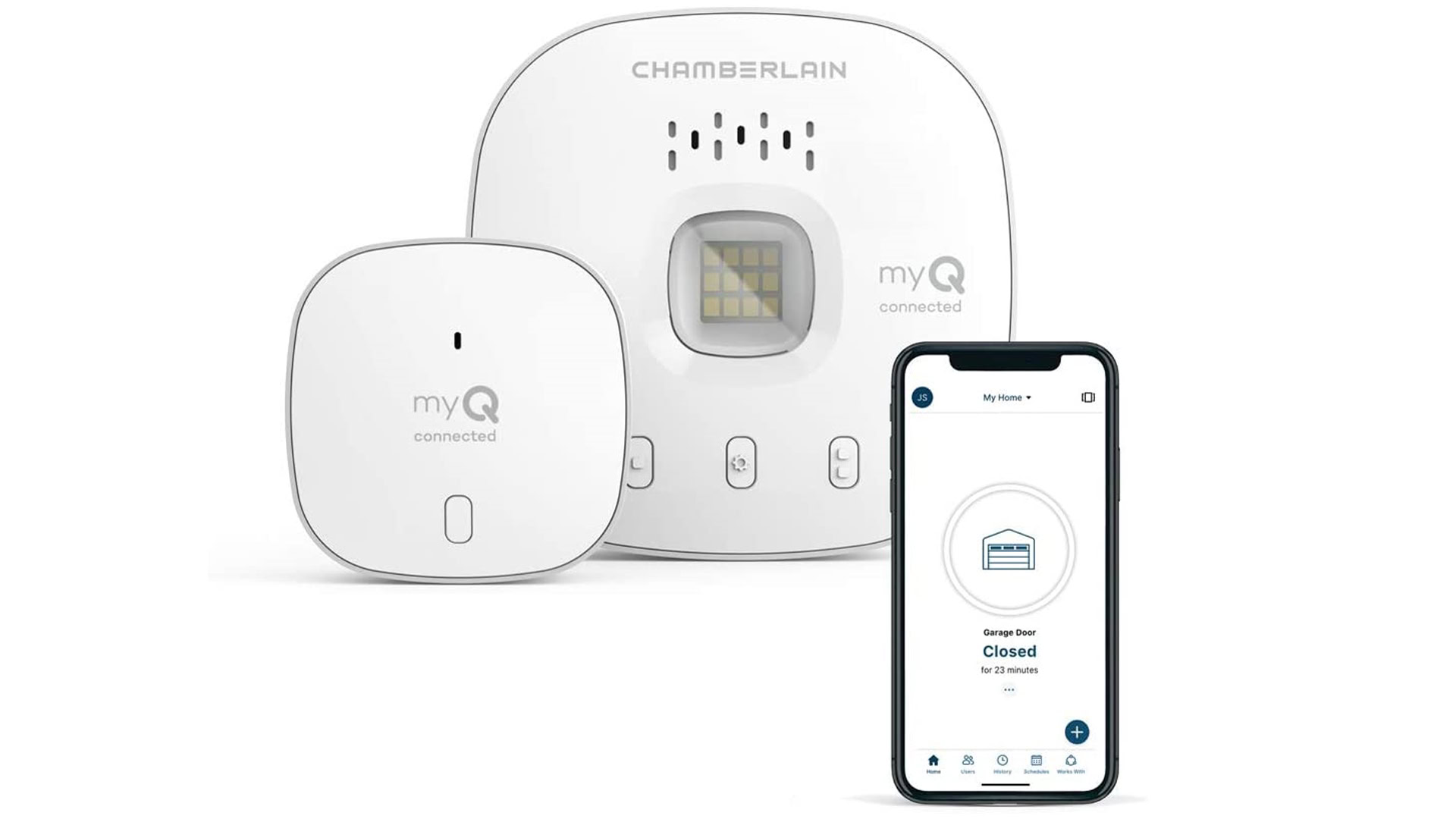
Automatic garage doors have an obvious appeal, since nothing says luxury like having your garage open before you even pull into the driveway. Chamberlain’s accessory connects to your existing door system (check compatibility), and is primarily controlled via a smartphone app. It’s also one of the few products certified for Amazon Key, which lets Amazon drivers drop packages off in your garage if you’re comfortable.
Third-party platform support is unfortunately pretty narrow. Your only real options are IFTTT and HomeKit, the latter only if you own a myQ Home Bridge module, now discontinued. In any case, make sure your garage has a strong Wi-Fi signal — most people don’t think to extend their network that far.
Schlage Encode Plus
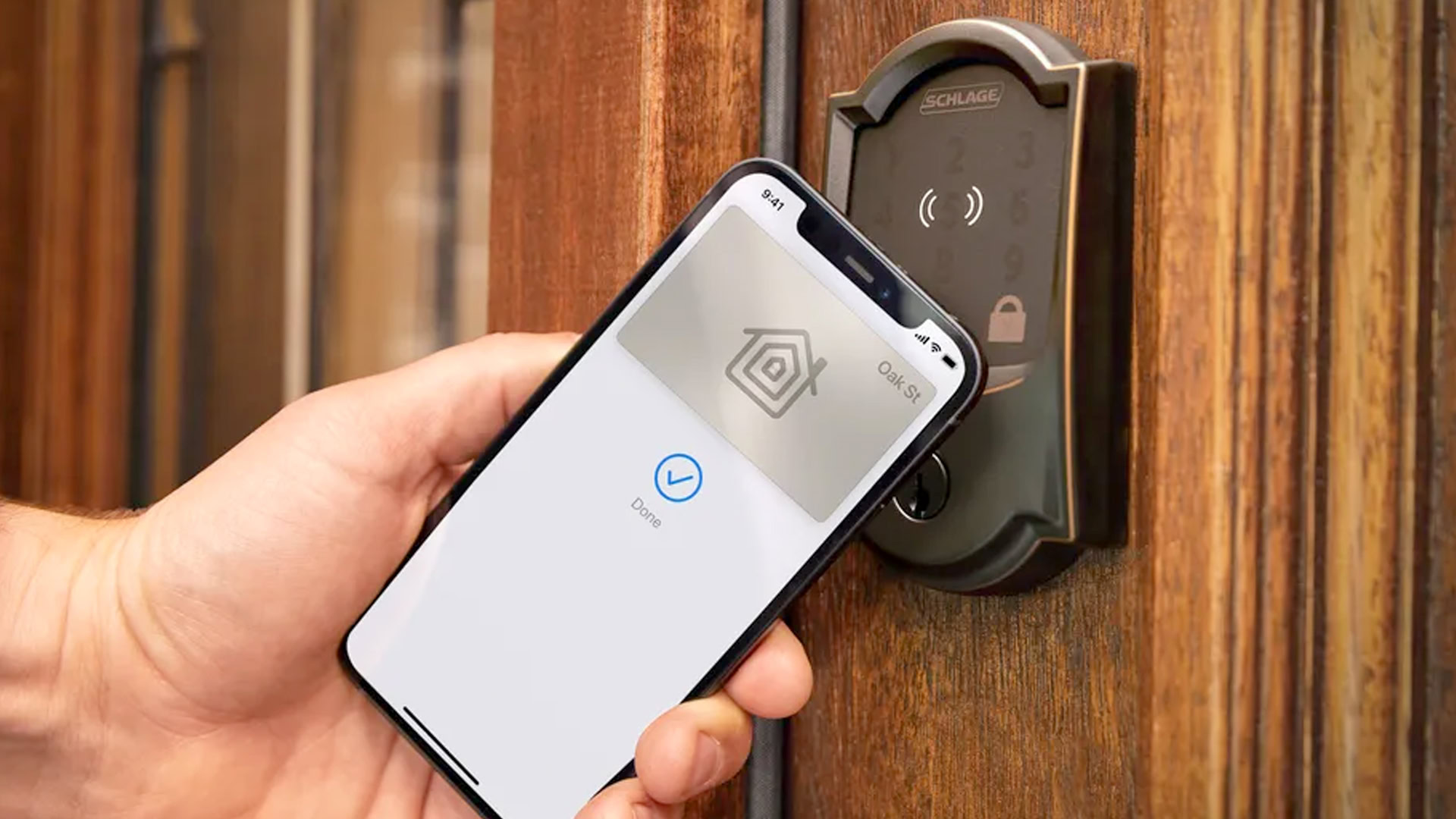
A home is inherently safer if you can monitor and secure it from anywhere. What makes the Encode Plus special is that there are so many ways to control it — on top of a physical key, the number pad, and the Schlage app, you can use Alexa, HomeKit, or Google Assistant. Apple diehards can take advantage of Apple Home Key, which lets you unlock the Plus simply by bringing your iPhone or Apple Watch up close.
The Plus replaces your existing deadbolt, and ships in two different styles, each of which also comes in different colors to match your house. If there’s an issue, it’s just that the product is very expensive and sells out quickly. You may have to check multiple retailers.
Arlo Essential Video Doorbell
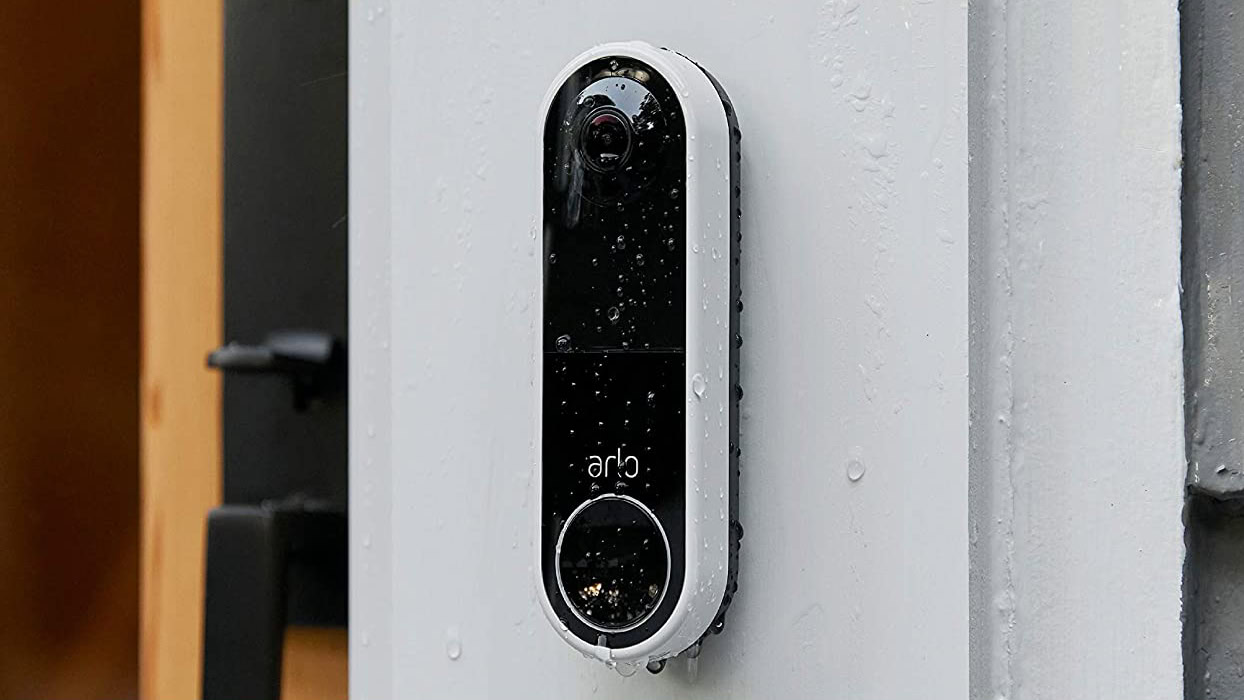
Whether or not you’re interested in a complete security system, a video doorbell is helpful for screening visitors and packages. The Essential comes in wired and wireless versions, and integrates with Alexa, HomeKit, and Google Assistant.
Its top feature is a 180-degree field of view in all directions, making it possible to see both visitors and packages clearly. It additionally offers perks like a built-in siren, and pre-recorded messages in case you don’t want to speak. You’ll have to pony up for an Arlo Secure plan, however, if you want features like cloud recording, activity zones, and object recognition. Specifically the plan enables person, vehicle, animal, and package detection, which cuts down on false alerts.
Arlo Pro 4 Wireless Security Camera
The Arlo Pro 4 wins its place on the podium by shooting in 2K HDR with a 160-degree field of view, and including not only color night vision but a built-in spotlight. The latter is something brands like Nest sometimes make you pay extra for.
The camera is dependent on an Arlo Secure plan for the same features we mentioned with the Essential Video Doorbell, but it’s also one of the few wireless outdoor cameras that supports HomeKit, not just Alexa and Google Assistant. You’ll need a compatible Arlo hub or base station to link with Apple’s platform.
We’ve linked a three-pack of cameras here, but you can also buy the Pro 4 individually or in two-packs.
Nest Protect (2nd Gen)
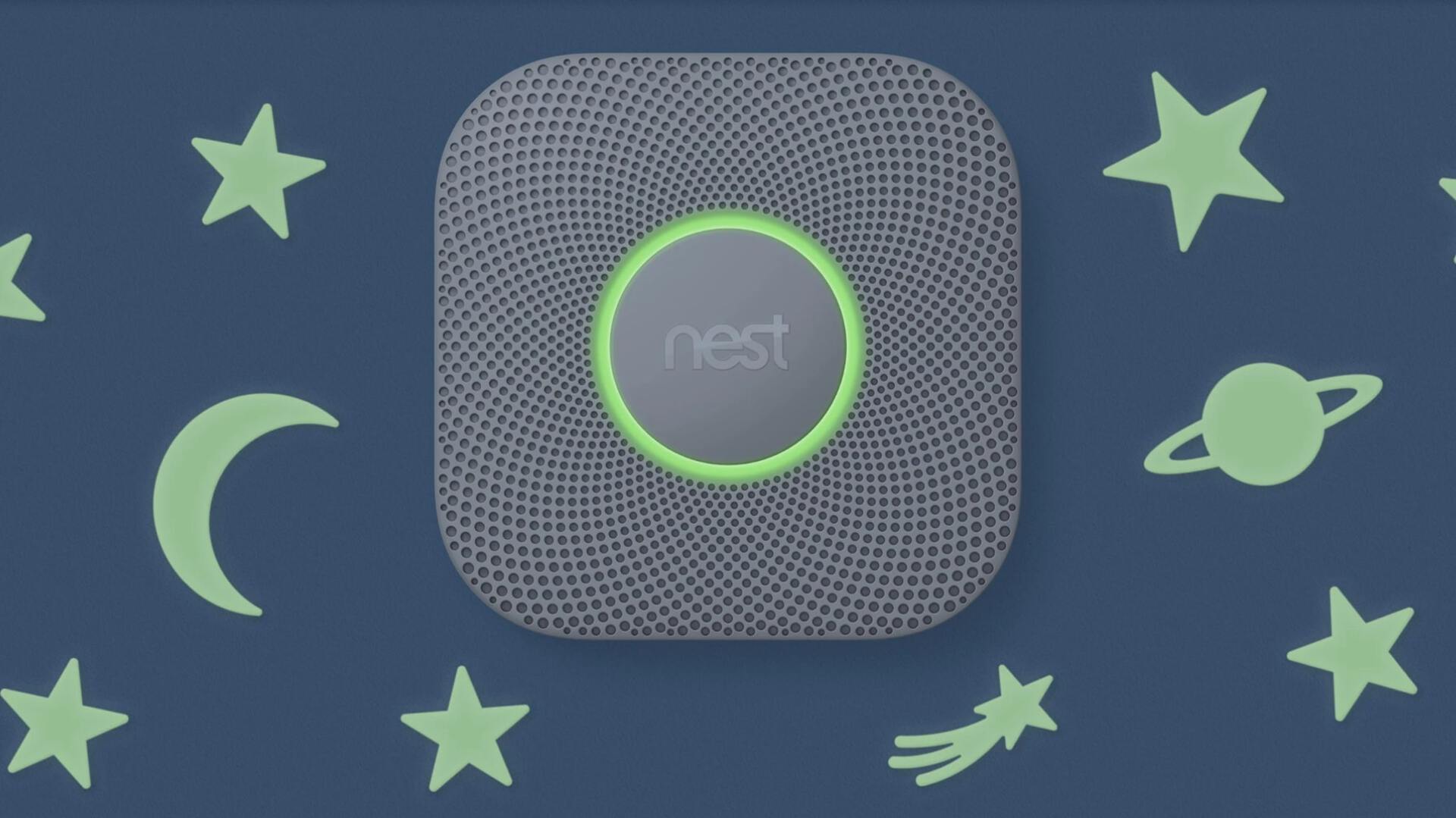
The Nest Protect is all about the trouble you can’t see, namely smoke and carbon monoxide. It’s self-testing, and pushes alerts to your phone, where you can quickly silence those alarms caused by burning the bacon. Another benefit is app-based battery warnings, so you never have to scramble for a stepladder to shut off annoying chirps.
You can choose between wired or battery-powered versions — the wired one uses three AA batteries as backup — and it even lights up when you walk underneath at night. Our one real complaint is that it only links with other Nest accessories, if you’re thinking about its platform support.
Ecobee Smart Thermostat Premium
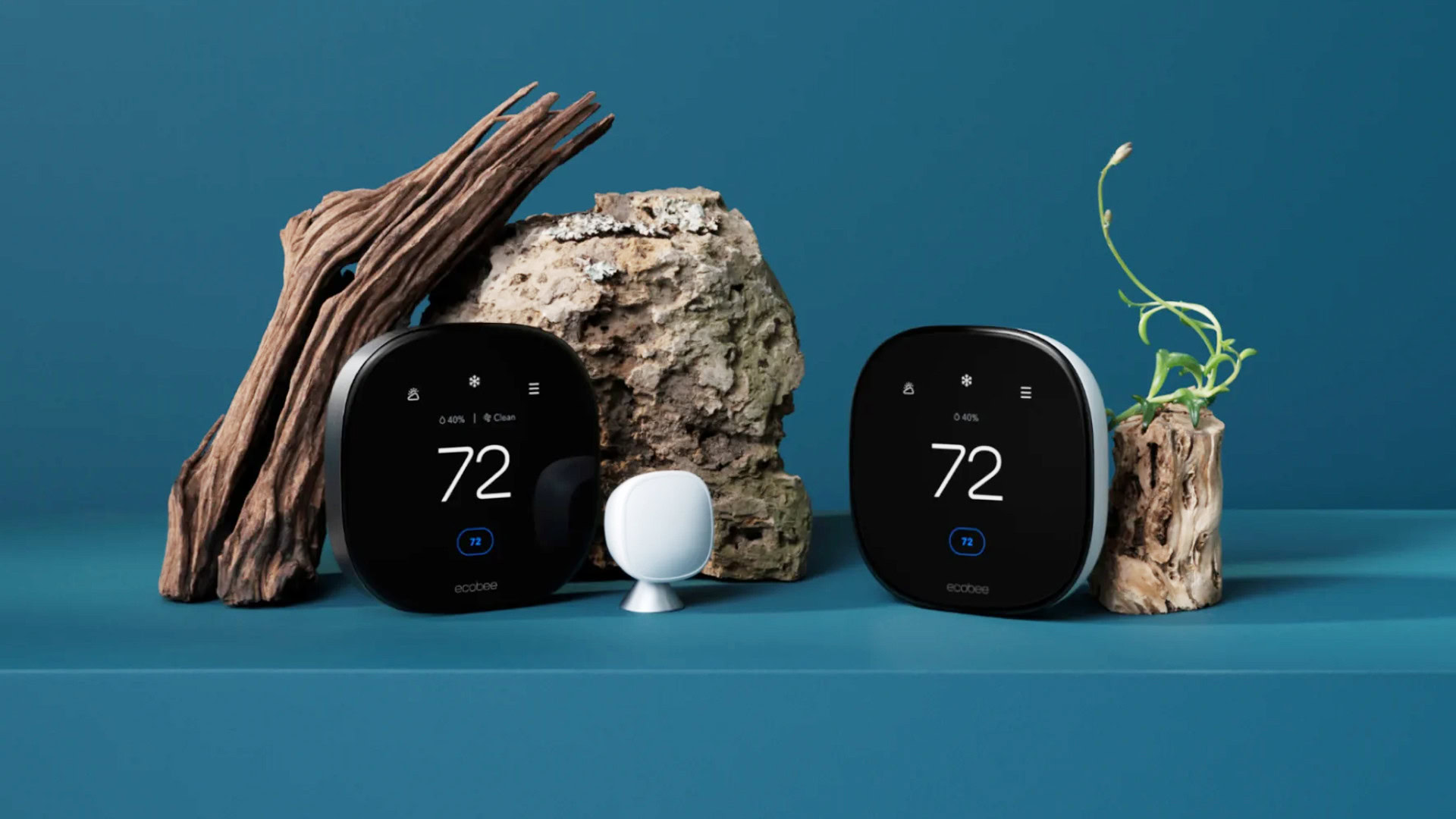
A smart thermostat is one of those rare devices that can actually save you money. It optimizes your home’s heating and cooling, shrinking power bills, particularly if you take advantage of scheduling options and home/away modes.
The Premium is mostly an evolution of Ecobee’s prior designs. Like its predecessor, it supports all three major smart home platforms (Alexa, HomeKit, and Google Assistant), and ships with an external temperature/occupancy sensor to improve accuracy. It can also operate as its own Alexa or Siri speaker, which makes it even easier to control than Nest thermostats. You’ll need a HomePod to enable Siri.
Upgrades for this generation include a metallic frame, a 50 percent larger display, an overhauled interface, and improved internal sensors. Those include radar for better occupancy detection, and an air quality sensor that monitors CO2 and VOCs (volatile organic compounds).
If you don’t care about speaker or air quality functions, or having an external sensor, the Smart Thermostat Enhanced is cheaper while retaining all of the Premium’s other benefits. You can always buy external sensors separately.
